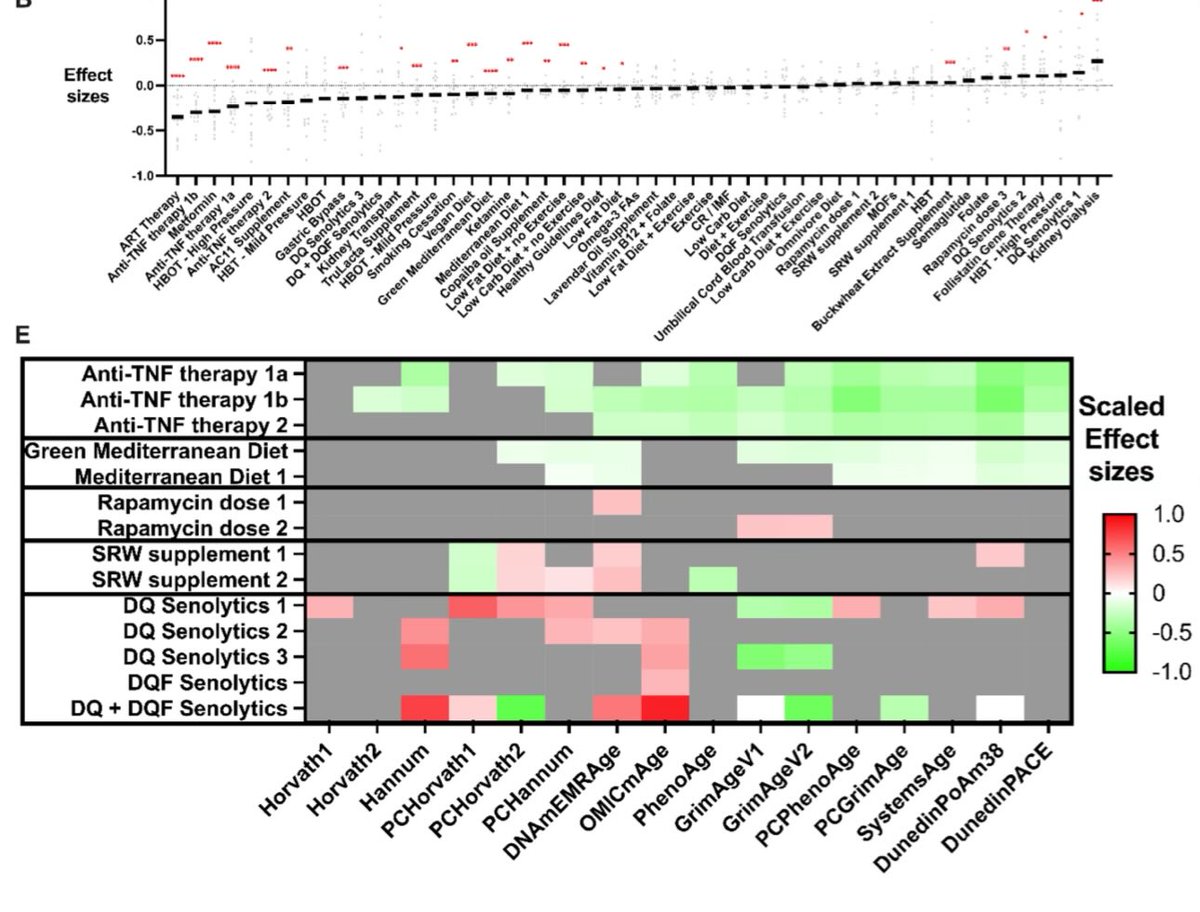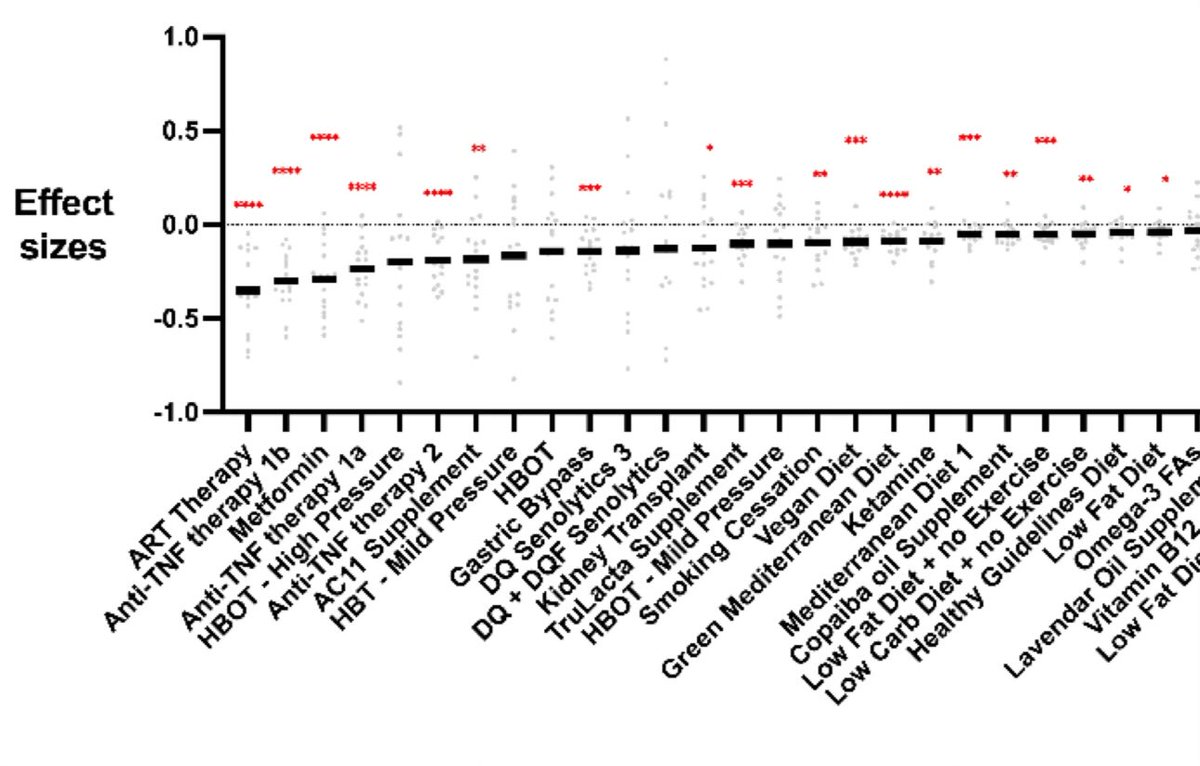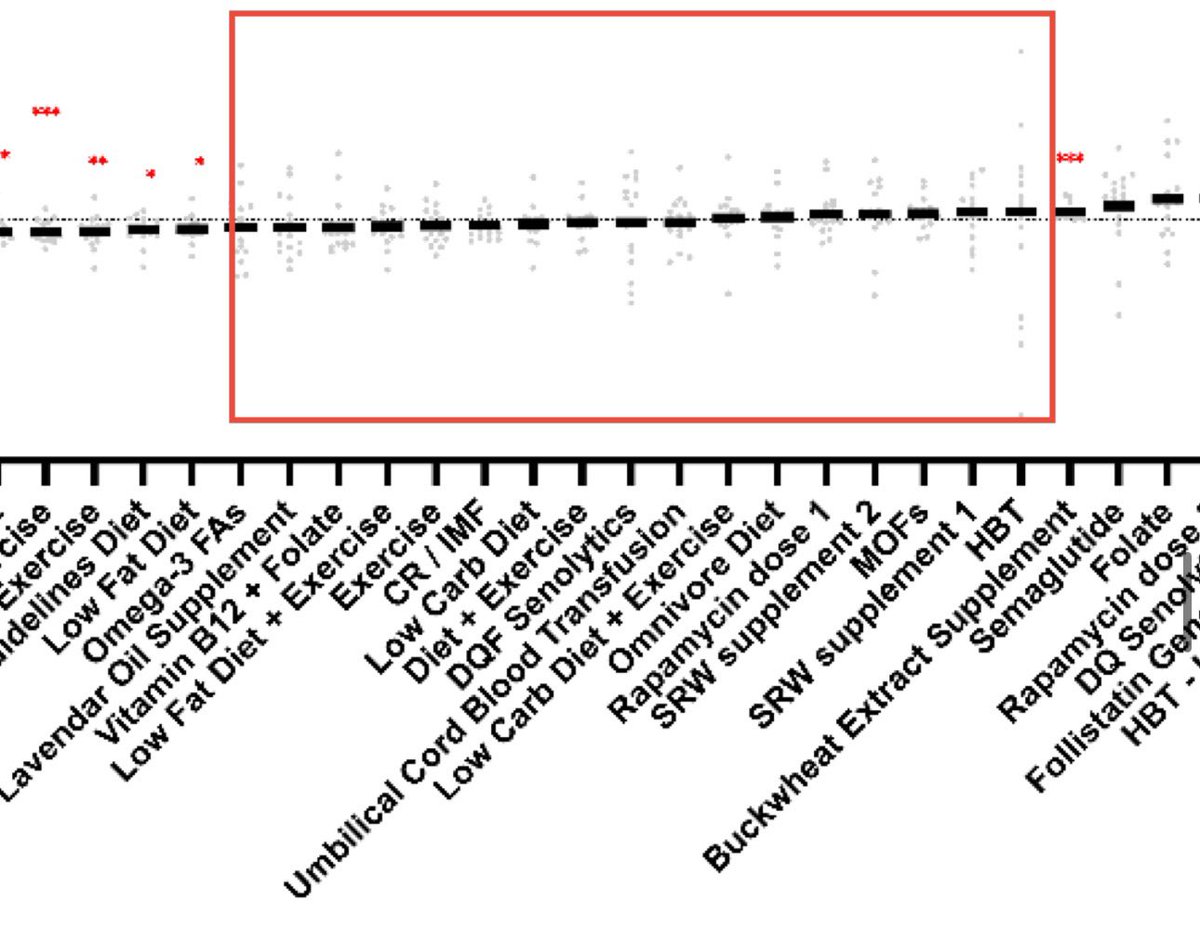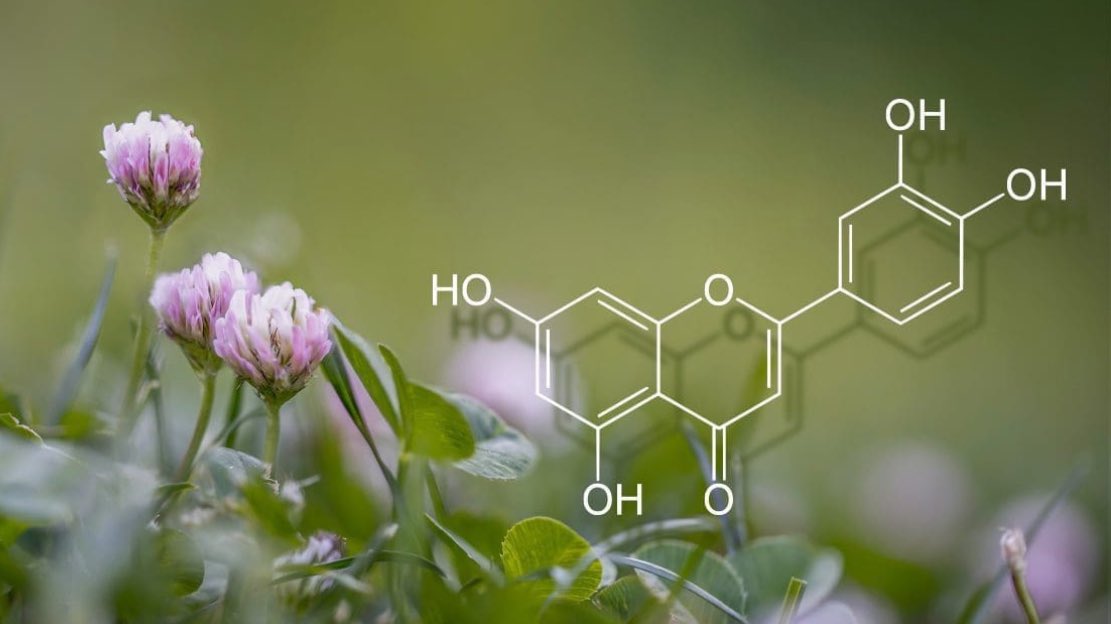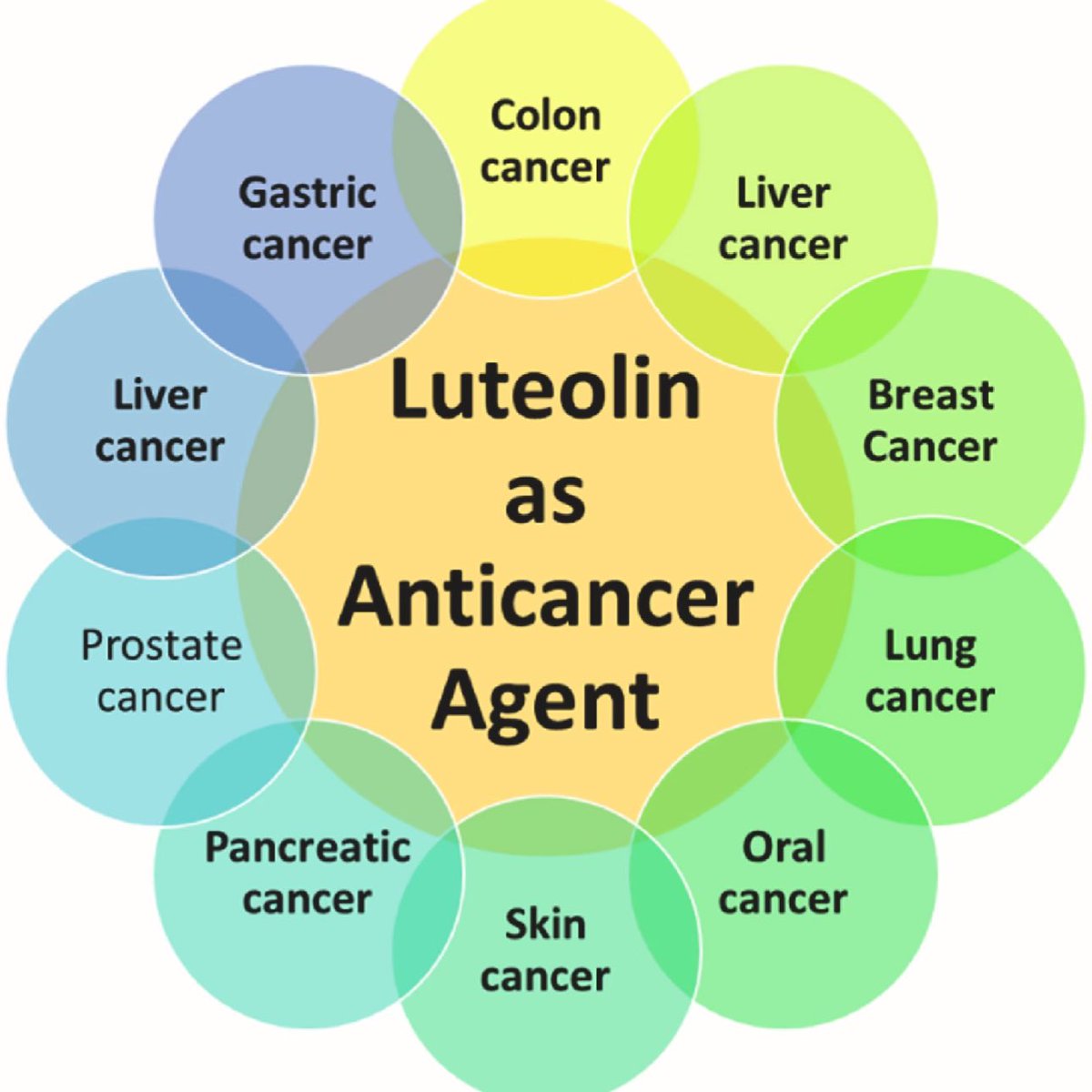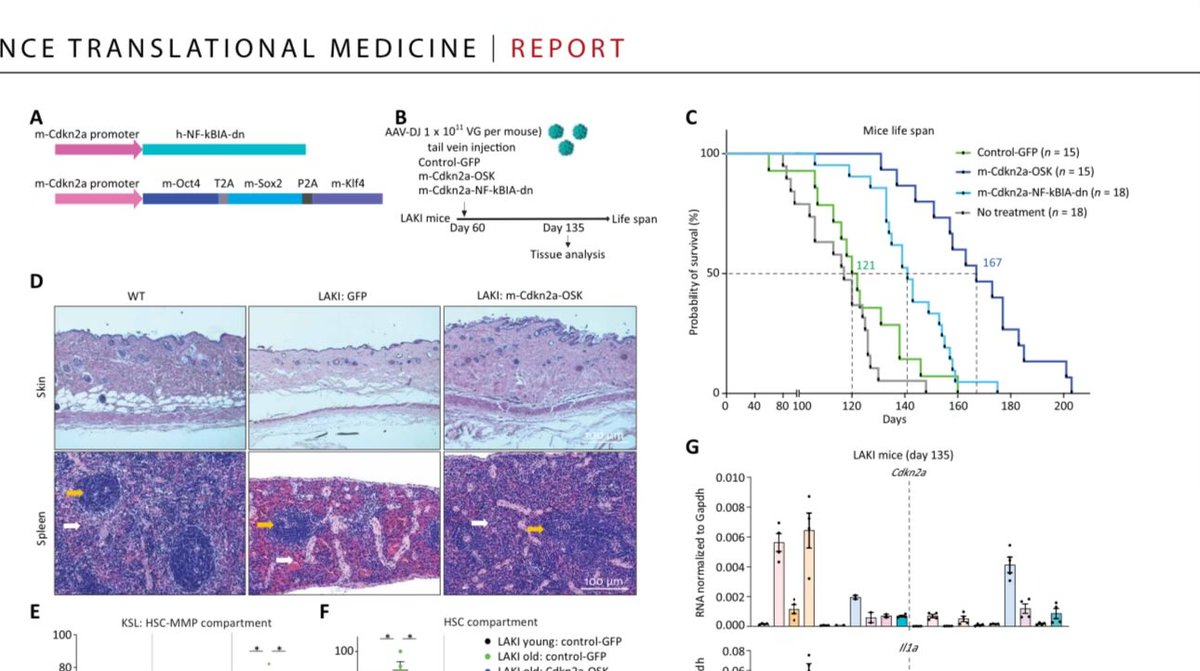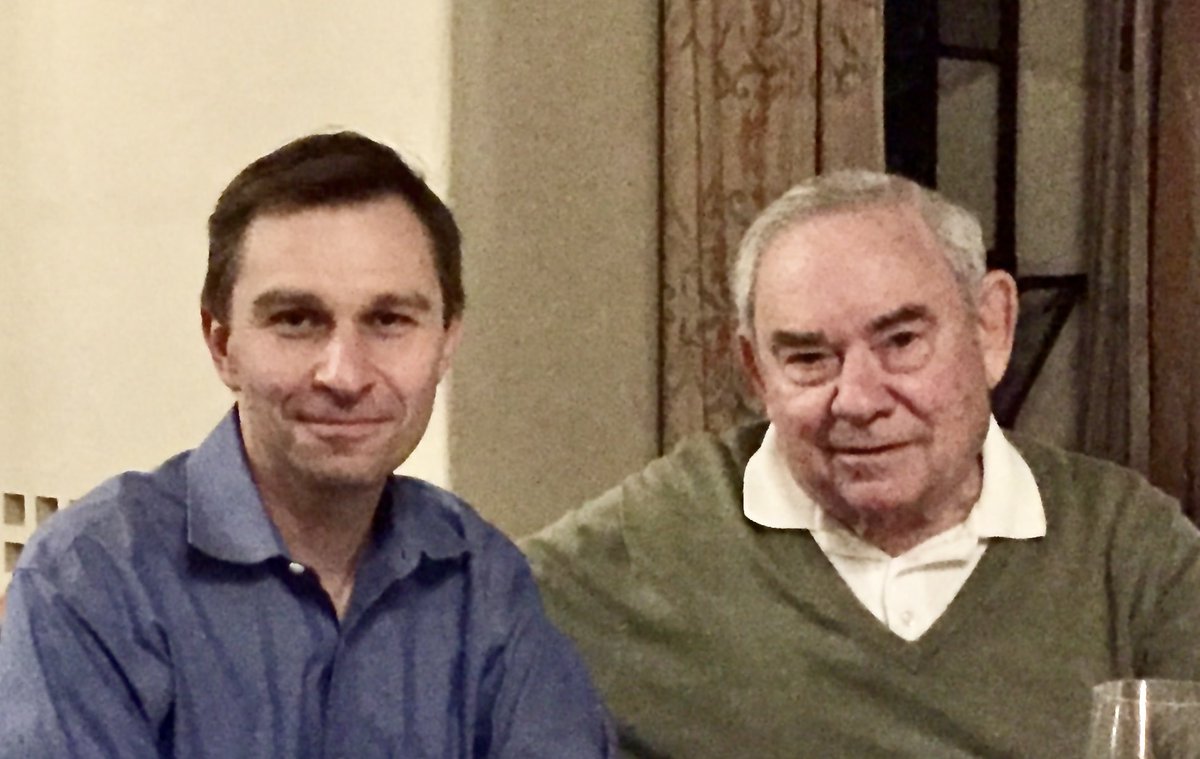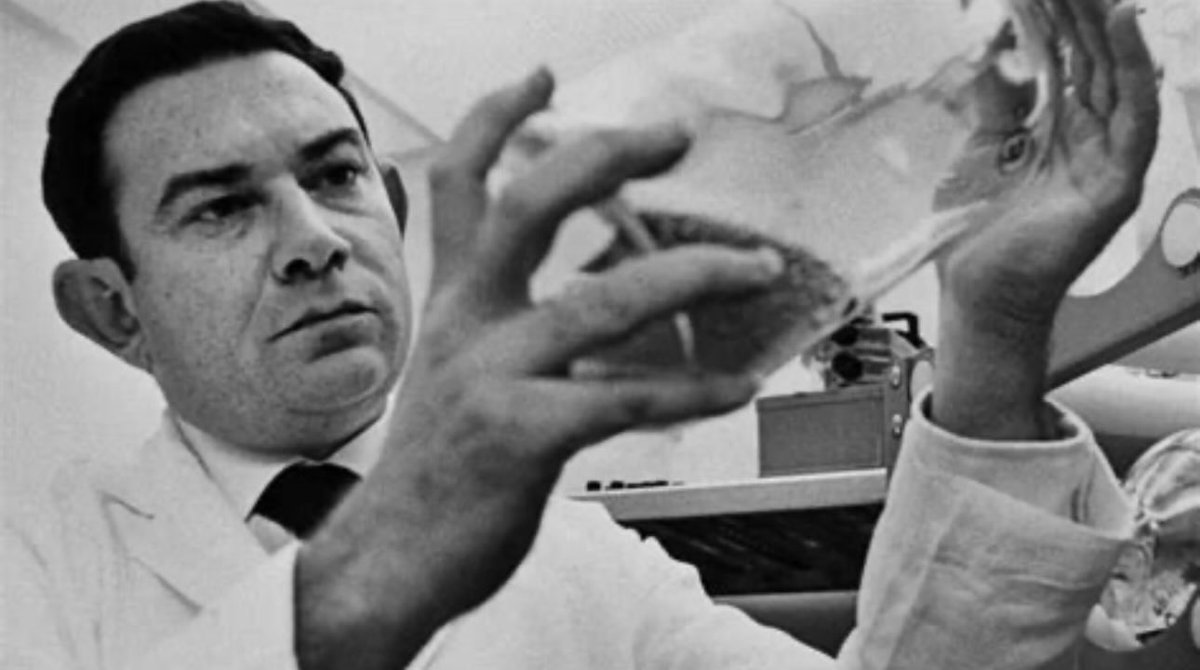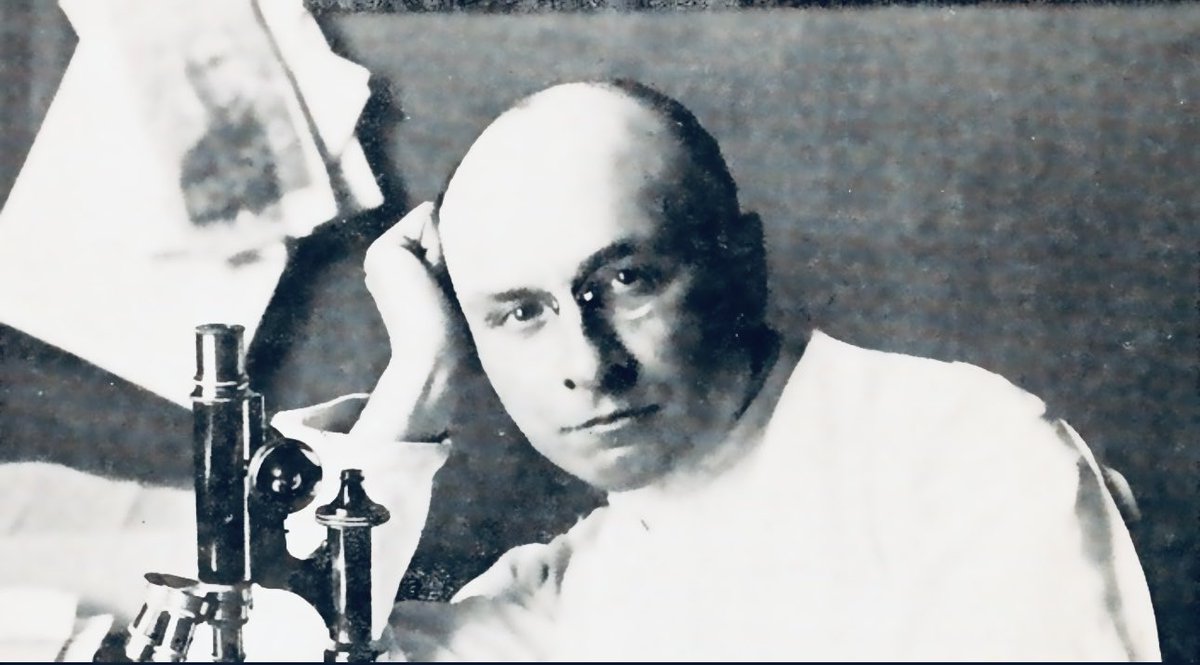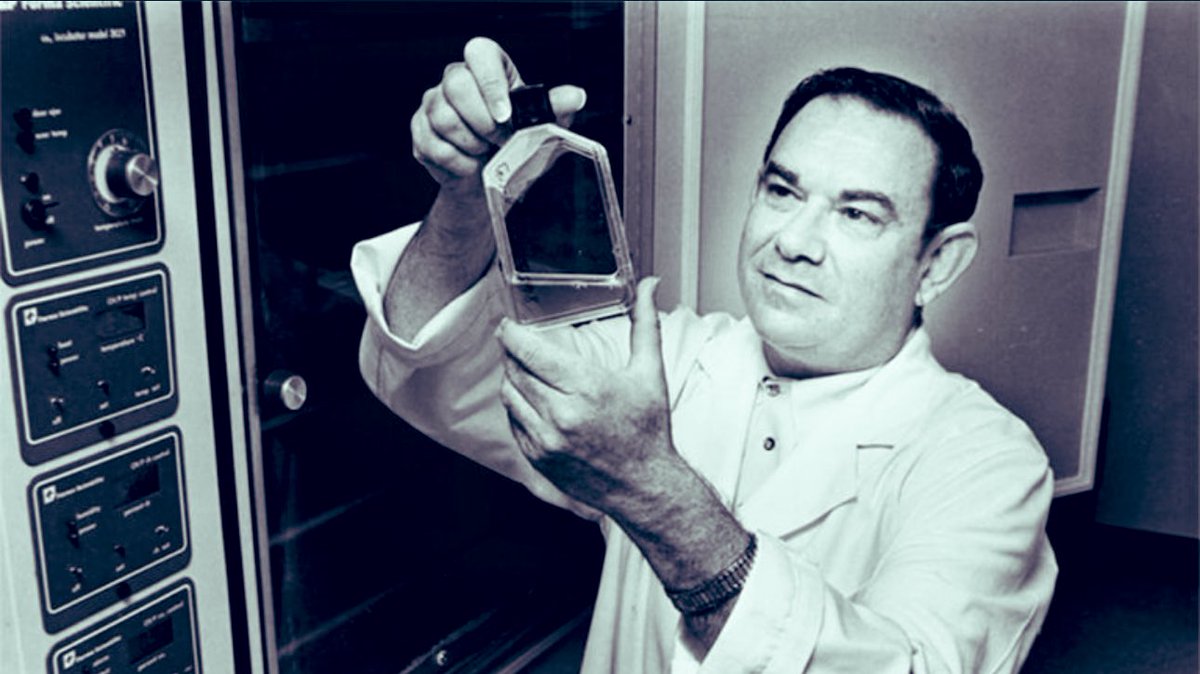Humanity is headed off a cliff as infertility becomes the 3rd most common disease of the 21st century, according to @WHO. Why infertility is increasing at such a pace is unclear
A new study may shed light. Microplastics are shown to cause abnormalities in the mobility & structure of sperm🐁 & reduce mitochondria in nurse cells by inhibiting SIRT1-PGC-1a ...
sciencedirect.com/science/articl…
A new study may shed light. Microplastics are shown to cause abnormalities in the mobility & structure of sperm🐁 & reduce mitochondria in nurse cells by inhibiting SIRT1-PGC-1a ...
sciencedirect.com/science/articl…

20% of couples struggle with infertility (50-60% are male issues). By 2100, 97% of countries will be unable to maintain their population
"The implications are immense...These future trends in fertility rates and livebirths will completely reconfigure the global economy and the international balance of power and will necessitate reorganising societies."
healthdata.org/news-events/ne…
"The implications are immense...These future trends in fertility rates and livebirths will completely reconfigure the global economy and the international balance of power and will necessitate reorganising societies."
healthdata.org/news-events/ne…

Sources of polystyrene microplastics: water, fish, "cosmetic products, drugs, paints, medical & electronic devices. In cosmetics, mostly in face-cleansing products, exfoliating agents for hand washing, and peeling formulas" sciencedirect.com/science/articl…


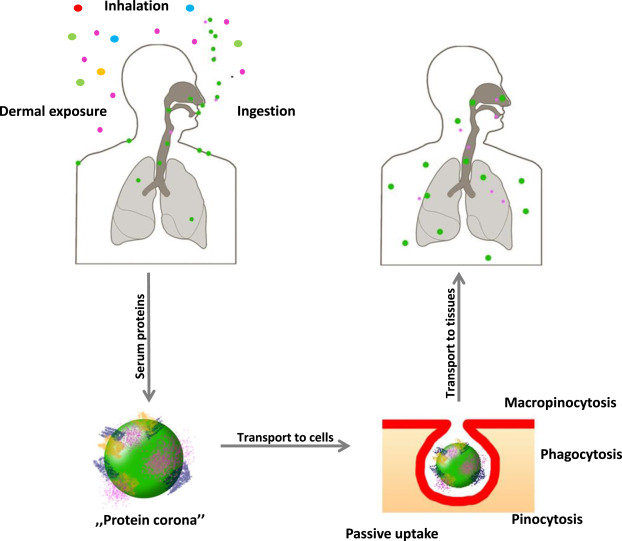
Article about fertility rates falling @TheLancet thelancet.com/journals/lance…
The general fertility rate in the United States decreased by 3% from 2022 to 2023, reaching a historic low. From 2014 to 2020, the rate consistently decreased by 2% annually. The birth rate for women ages 20–24 (55.4) reached a record low. cdc.gov/nchs/pressroom…
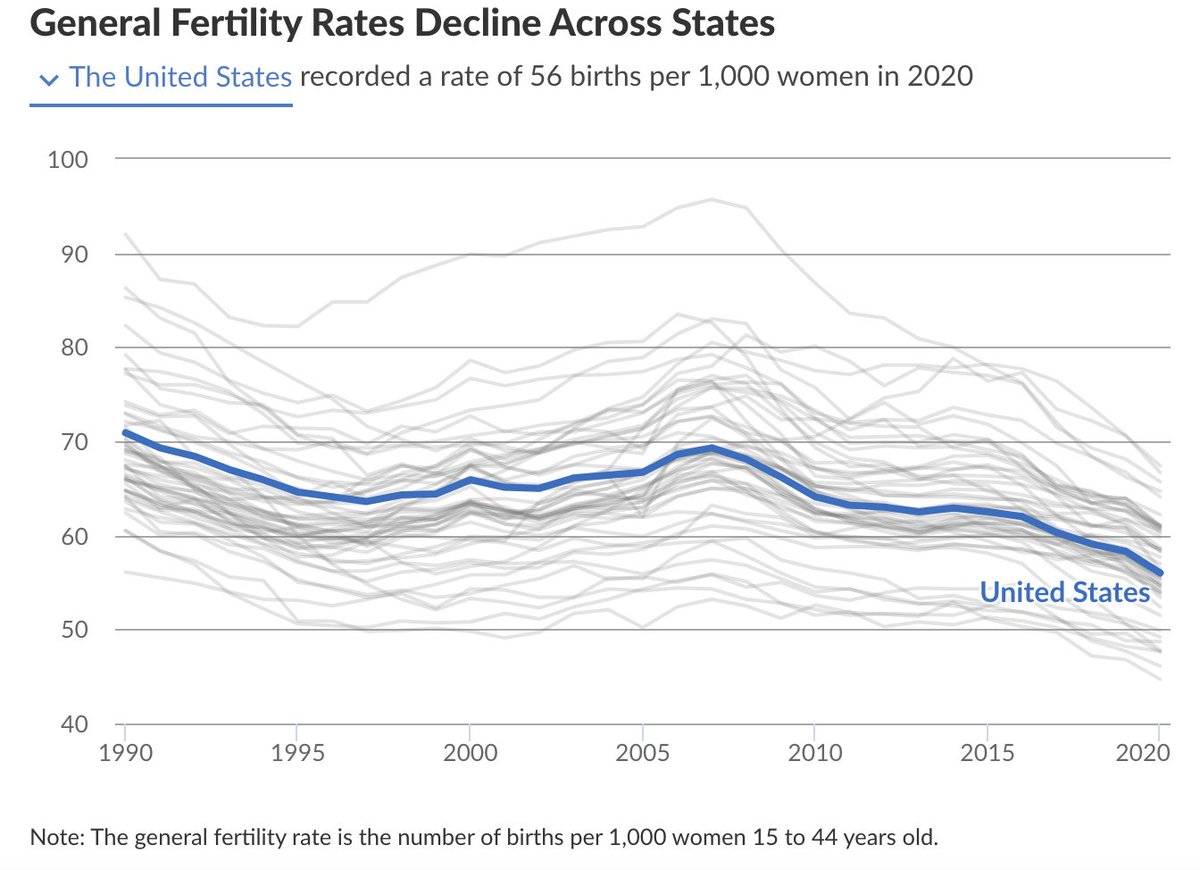
"Among the cultural shifts affecting fertility rates, one of the more prominent changes has been Americans delaying or forgoing marriage..." @pewresearch
"Women are marrying later in life, and birth rates for single women are less than half that of those who are married"... 

"Women are also delaying having children until later in life—part of the reason why fertility rates have dropped among women in their 20s, which has more than offset increases for women in their late 30s and 40s..." 
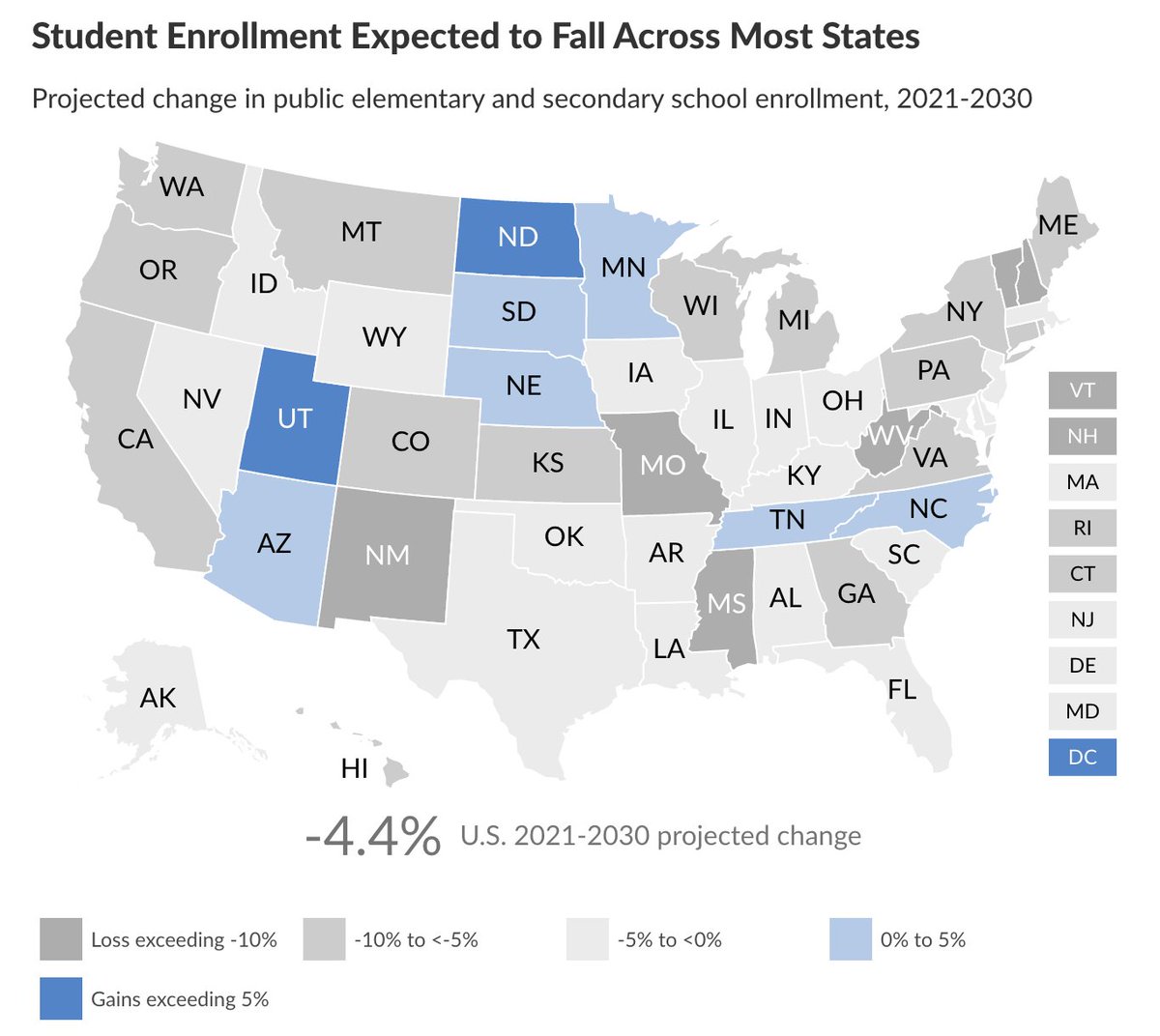
Low fertility is likely to affect several major revenue streams in the coming decades... pewtrusts.org/en/research-an…
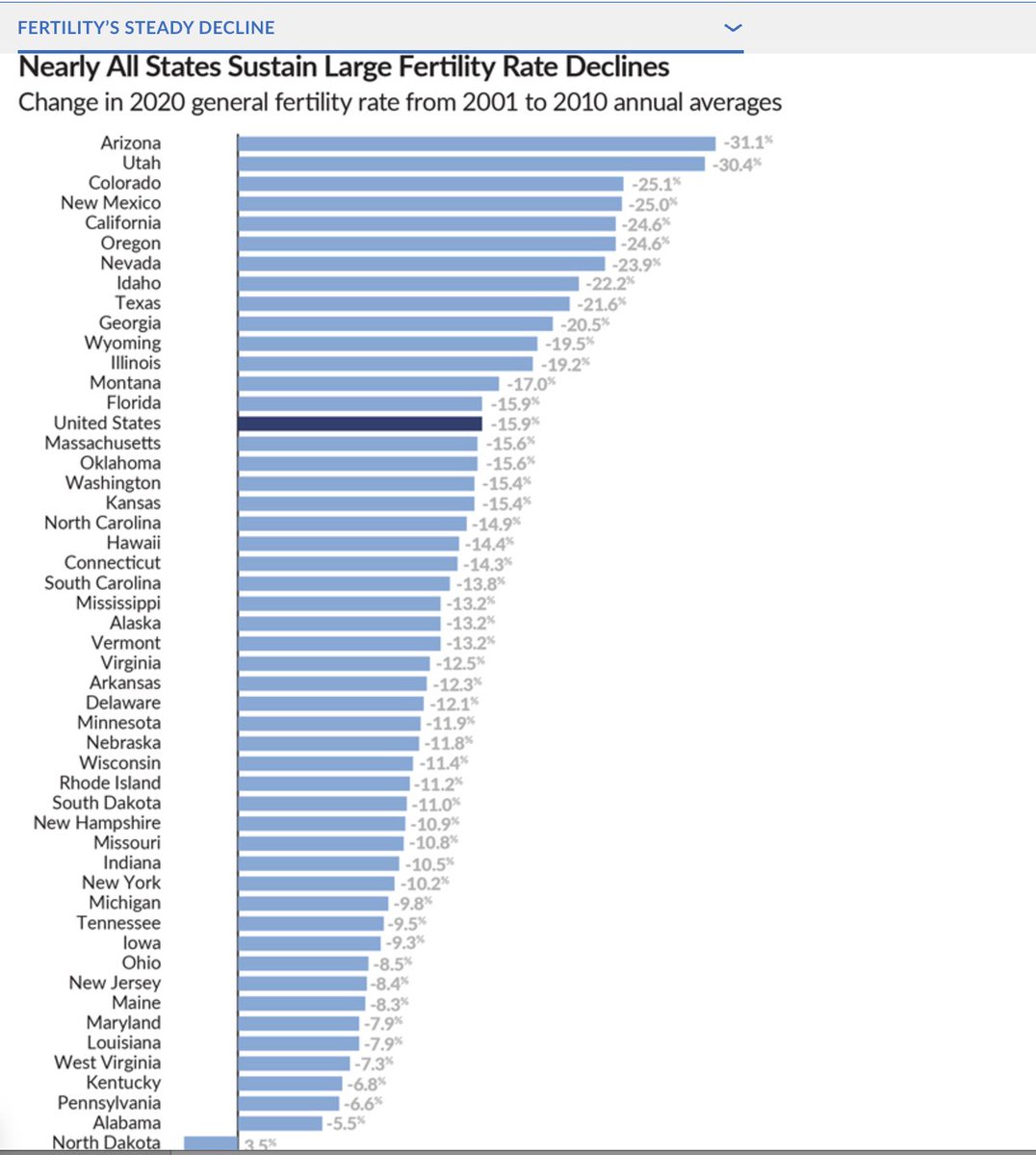
In recent budget proposals or revenue forecasts, several states noted declining fertility. California called out the combination of early retirements that have taken place during the pandemic and lower fertility and migration rates... lao.ca.gov/Publications/R…
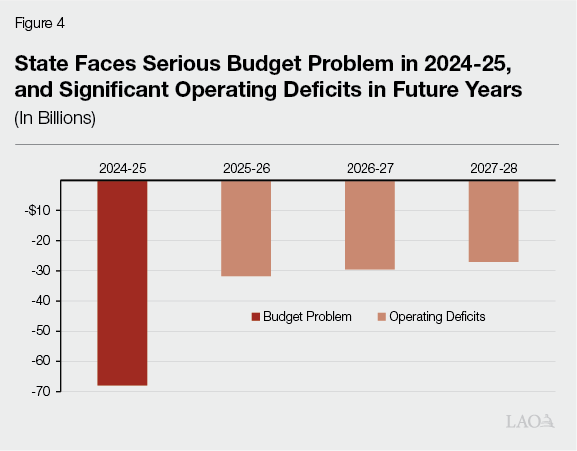
California’s senior population will nearly double by 2030...“With rising cost of living and an already tight housing market, it could become increasingly difficult for the remaining working-age Californians to support the aging population." 

There are two viable solutions:
1. Slow the birth rate decline
2. Delay aging and keep people in the workforce
Our calculated economic benefits of extending healthspan by 1 year in the USA = $38T nature.com/articles/s4358…
1. Slow the birth rate decline
2. Delay aging and keep people in the workforce
Our calculated economic benefits of extending healthspan by 1 year in the USA = $38T nature.com/articles/s4358…
@WHO .@elonmusk is 🎯 about the existential risk of low birthrates
If you like fact-based posts with links to source material, press the follow button☝️
https://x.com/davidasinclair/status/1861615481083339211
Avoid single-use plastics, bottled water, highly-processed foods, plastic cutting boards, plastic storage containers, warming plastic containers, plastic teabags. Vacuum your living space more often...
• • •
Missing some Tweet in this thread? You can try to
force a refresh



